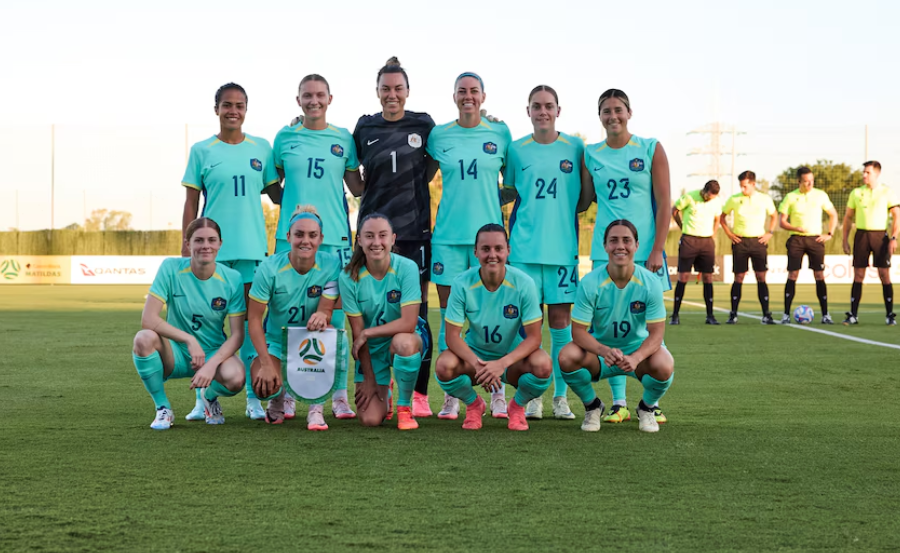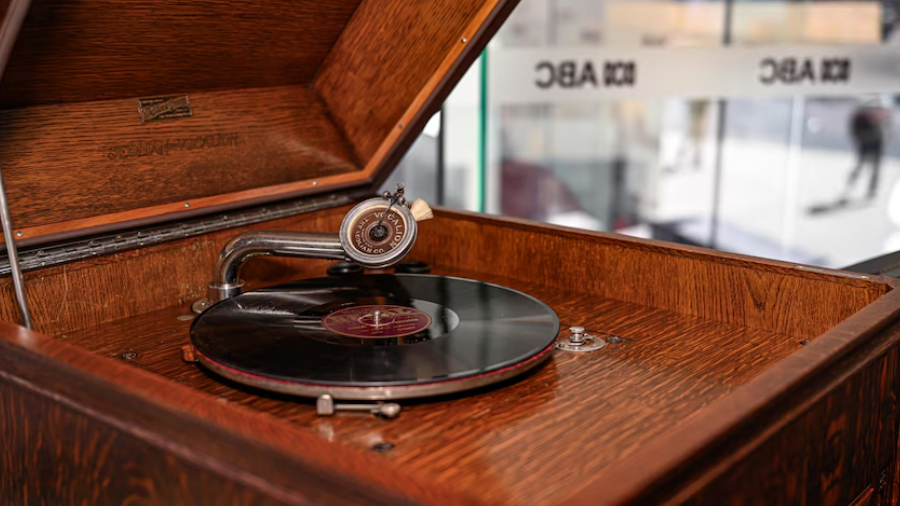Rio Tinto says BioIron iron ore processing could slash greenhouse gas emissions. Is it possible?

Rio Tinto iron ore boss Simon Trott gestures to where a $215 million research and development centre will be built, currently the site of a big shed, in Rockingham, south of Perth.
“[It’s] a facility that could be critical to the world’s transition to net zero,” he says.
That’s right up there when it comes to big claims on carbon dioxide reduction.
He’s talking about a new method of treating Rio’s Pilbara iron ore, as part of the steel making process that the company has been working on for the last decade.
It involves using raw biomass, such as wheat, barley and canola straw or rice stalks, and microwave energy instead of coal to turn its iron ore to metallic iron.
Here’s another big claim he’s making about this method, which Rio is calling BioIron.
“It has the potential to reduce carbon emissions from the steel making process by 95 per cent compared to currently used methods,” Mr Trott said.
Do Rio’s claims stack up?
Traditionally, coal has been used to heat iron ore and remove the oxygen inside to make raw iron.
But that is highly polluting.
By the World Steel Association’s own figures, on average every tonne of steel produced in 2020 released 1.89 tonnes of carbon dioxide emissions into the atmosphere.
In that same year, 1,860 million tonnes of steel were produced, with the association saying there were “total direct emissions” of about 2.6 billion tonnes of carbon dioxide from steel manufacturing.
The sector contributes about eight per cent of the world’s carbon dioxide emissions.
Rio says steelmaking accounted for 69 per cent of its Scope 3, or indirect, emissions in 2023.
The company has tested its BioIron iron-making process at a small-scale pilot laboratory in Germany over 18 months “using batches of 1,000 golf ball-sized iron ore and biomass briquettes”.
Working with University of Nottingham researchers, it said it “has the potential to support near-zero CO2 steelmaking”.
Professor Dongke Zhang, the director of the Centre for Energy at the University of Western Australia, said there was no doubt it was technically doable, and he had done a similar experiment in his lab 16 years ago.
He explained the biomass absorbs the microwave energy and turns it into heat at a high enough temperature for the iron ore reduction to occur.
“The science is well known, and there’s no impediments to how you do it on the small scale,” Professor Zhang said.
He said Rio’s 95 per cent carbon dioxide reduction claim was believable, on condition no coal or natural gas was used at all, even to power the microwave energy.
“If we don’t use coal or natural gas in the process and the biomass is completely renewable … in that sense, yes 95 per cent, or even more, reduction in carbon emissions associated with iron ore mining and iron making, yes it can be achieved,” he said.
Rio said it was working to ensure it only used sustainable sources of biomass and ruled out sources that supported logging old growth or high conservation value forests.
A mighty challenge
Off the back of success under laboratory conditions, Rio is building its research and development centre in Rockingham to test the BioIron process at a semi-industrial scale.
“The challenge is to scale up at a larger scale,” Professor Zhang said.
And that is a mighty challenge. You need to source a massive amount of biomass and microwave energy if you’re going to try to heat up the 332 million tonnes of iron ore Rio produced from it’s Pilbara operations alone in 2023.
“To begin with, iron ore, we know you dig out of the ground in large quantities, many, many millions of tonnes a year,” Professor Zhang said.
“But biomass takes a huge land area and takes a long time to grow. So that’s the number one challenge.
“Number two challenge is to shine microwaves onto a large body of biomass and iron ore mixture and heat it up to achieve iron ore reduction to make raw iron.
“We need all sorts of technical, scientific breakthroughs to be able to achieve that.”
What about the cost?
The World Steel Association estimates it will cost 10 to 50 per cent more to produce raw iron using biomass or other low carbon sources such as hydrogen.
That includes higher operating costs from using green hydrogen, increased capital expenses incurred by replacing coal blast furnaces with hydrogen-based operations, and other losses from the potential early retirement or write-off of older infrastructure.
Some analysts believe the cost of so-called green steel would need to fall by 50 per cent to be competitive with traditional coal-made steel.
Energy economist at Curtin University’s School of Civil and Mechanical Engineering associate Professor Liam Wagner was confident the price would drop.
“As the technology matures and there is a greater rate of deployment across the world, we will see prices of green steel drop significantly,” he said.
“There’s already mandates with state government construction contracts where they may require recycled steel, which has less embodied carbon in the steel.
“And I think we will see over the long run green steel will be the predominant and only available product for construction.”
What now?
Rio plans to commission its research centre in Rockingham in 2026 and continue testing BioIron.
WWF’s de-carbonisation manger, Nicole Wyche, said any step towards lowering carbon-dioxide emissions from manufacturing steel was positive.
“You probably can’t have enough biomass to transfer the whole steel industry to a biomass-based process. But that’s not what this is about, it’s about looking for a solution.
SOURCE: ABCNEWS





